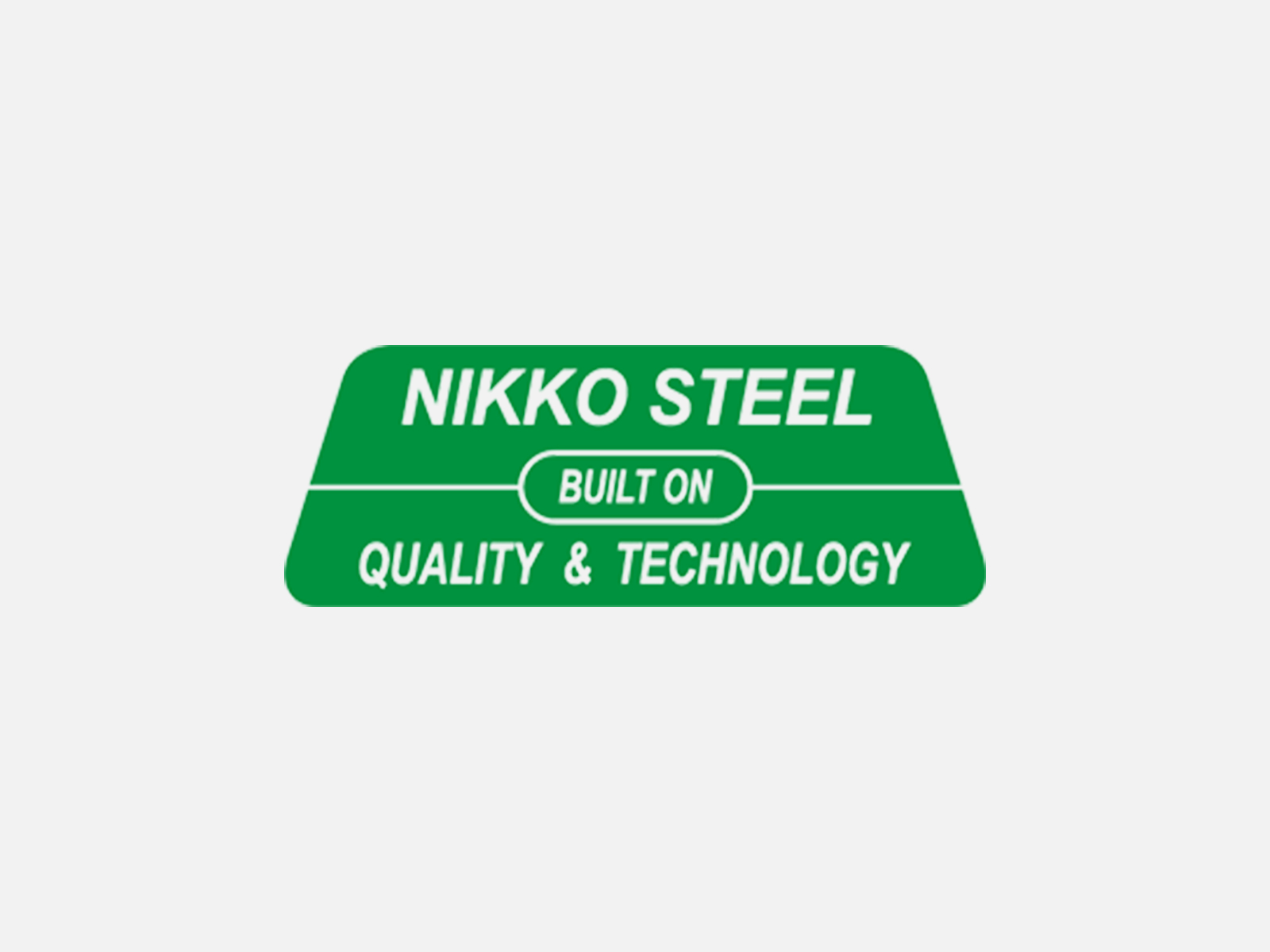BASIC LOW HYDROGEN ELECTRODE FOR WELDING STEELS WITH A MINIMUM UTS OF 600 N/mm²
RD-90

CLASSIFICATION
AWS A5.5 E9016-G | EN ISO 18275-A E 55 4 ZMn1Ni B
PRODUCT DESCRIPTION
The design emphasis of the chemically basic flux is engineered to ensure the optimum weld metal properties demanded by the specification are fully met. The basic flux containing the appropriate alloying elements but minimal iron powder, is extruded onto a high purity ferritic core wire and bound with a blend of silicates that ensure both coating strength and a coating resistant to subsequent moisture absorption.
WELDING FEATURES OF THE ELECTRODE
The chemical nature of the flux together with its controlled coating factor allows the electrode to be used at relatively low amps. This factor together with the fairly fluid but quick freezing slag facilitate vertical up welding including controlled penetration root runs. Overall the arc is very stable, slag detachability is good, fillet welds are slightly
convex and metal recovery is some 98% with respect to weight of the core wire.
APPLICATIONS AND MATERIALS TO BE WELDED
ASTM A508 class 1, 1a, 2, 3. ASTM A533 Types A-D Class 1 and 2. BS 1501 Grades 271 and 281, equivalent to Oncol W30 Grades A & B (obsolete designations).
AISI/SAE 4130 and similar high strength low alloy steels. Strength and toughness levels maintained after extended post-weld stress relief heat treatments.
WELDING AMPERAGE AC and DC
OTHER DATA
Electrodes that have become damp should be re-dried at 150oC for 1 hour